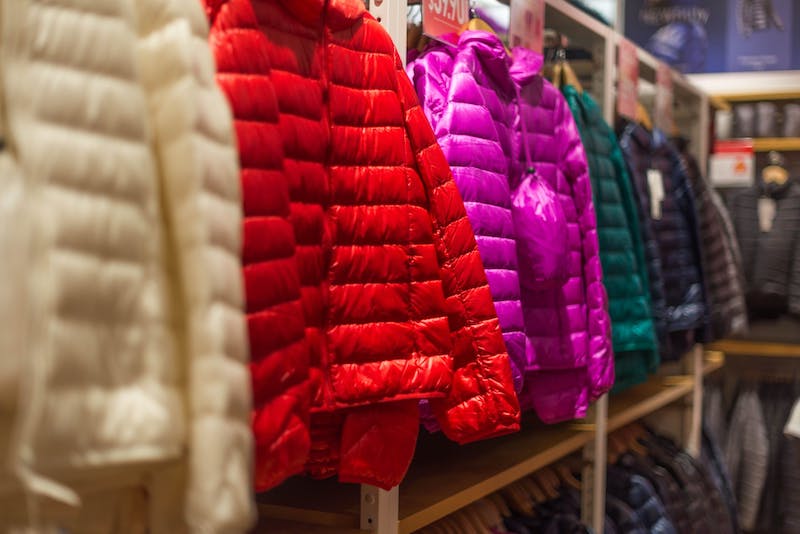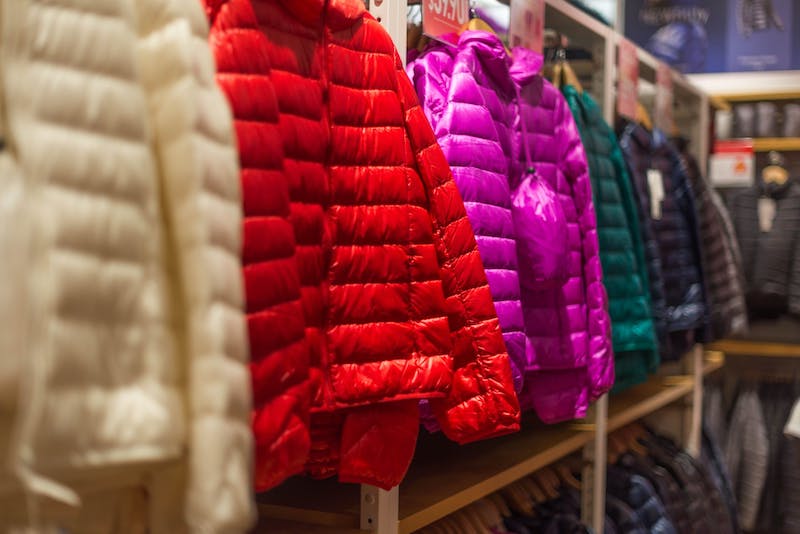From the development of chatbots on the web to the introduction of robots on the runway, and from Burberry’s social conscious being questioned to Farfetch’s far-reaching influence on other brands’ digital propositions, it’s certainly been a year luxury fashion won’t forget in a hurry.
Based on many of the trends we saw in 2018, and considering the areas where the industry is expected to experience most change, Luca Tonello, director at Dedagroup Stealth tells us what he believes is in store for the luxury fashion space in 2019.
1. More investment in technology
Whether it is Ted Baker and Victoria Beckham’s online chatbot development as part of their social media evolution, Mulberry’s in-store point of sale revamp, or the recent relaunch of Prada’s website for a new age, technology investment in luxury is rife.
That investment will manifest itself in multiple additional ways, as some of the points below show, but the core reason for upgrading technology should be to drive fundamental improvements in business operations.
2. Environmental responsibility as a selling point
Burberry acted quickly to distinguish the inferno that began in the aftermath of the revelation it burned £28.6 million worth of unsold goods in 2017. It announced it has put an end to these practices after a strong public backlash, and the message should be served to luxury brands in general that concerns around the environment, waste, and efficient supply chain operations are high on consumers’ agendas going into 2019.
3. Online retail as a bigger piece of the pie
Global luxury businesses are seeing growth in their online sales, highlighting it as a sales channel that resonates with their target demographic. Ralph Lauren, for example, experienced like-for-like online sales growth of 9% in its second quarter, but store revenues were flat.
Consultancy McKinsey & Company predicts online sales of personal luxury goods, which are currently about €20 billion, will more than triple by 2025 to reach circa €74 billion.
4. More unlikely bedfellows
From Farfetch and Burberry, and Ralph Lauren and streetwear brand Palace, to Richemont and Alibaba, there have been some unexpected partnerships forming of late. In a digital world when first movers are being rewarded for their foresight, some slower-to-digital businesses are seeking appropriate partners to make waves in that space – and that is likely to continue in the months ahead.
5. Artificial intelligence impact
The robots on the catwalk as part of the House of iKons and Honee London Fashion Week show in 2018 raised a point about how humans and machines can work together creatively. The message luxury fashion brands might want to take from that is that, in 2019, there will be plenty more opportunities for artificial intelligence to aid their traditional processes.
6. Consumer-led supply chains evolving
Social media and greater access to brands through the internet has opened up better communication channels between customers and companies, and the faster fashion player J Crew is an example of a business that has developed products after polling customers on social. More to come from the wider retail world in 2019, perhaps, as things move from a ‘push’ to ‘pull’ model?
7. VR becoming a luxury fashion reality
As the drive to create experiences and events in stores continues, virtual reality (VR) will play a greater role. In beauty, Dior and YSL have already deployed the technology as part of evocative marketing campaigns, while Tommy Hilfiger and Diesel have explored its usage from a fashion perspective. There’s surely more to come.
8. Wholesale changes
Department stores on both sides of the Atlantic have been closing down, or cited for closure, at a rapid rate.
Although there is still a healthy market at the premium end of the department store sector, expect more luxury brands to refine their strategy to be less reliant on wholesale and more focused on direct to consumer in the coming year.
9. Boardroom bells ringing
In a Bloomberg interview with husband and wife co-CEOs of Prada, Miuccia Prada and Patrizio Bertelli, the latter acknowledged the company made a mistake in delaying the launch of a digital platform.
Reflecting on the business’s e-commerce re-launch in late 2017, he said: “Now we’re working on it, building it, improving it, and you can see the results.” More and more luxury CEOs may well identify the positive impact of such a change in 2019.
10. Moves to improve supply chain visibility
A natural consequence of the previous point will be the need for luxury fashion to gain a better picture of their business operations through one single end-to-end platform. With new ways of working, fresh channels to manage, and different data flows to handle, organisations will be forced to seek systems that enhance supply chain visibility – something Trussardi and Church’s have done to good effect.
Summarising what 2019 will bring for the luxury fashion industry, it can neatly be sectioned into issues surrounding sustainability, digitality, and supply chain agility. Luxury fashion brands putting these things at the heart of everything they do, should be in for a progressive year.


